What to eat in the afternoon if you are a cyclist: 5 perfect snacks to avoid raiding dinner
Many cyclists focus on breakfast, lunch, and dinner, but forget a key element: the body needs constant fuel to perform, recover, and maintain muscle mass. The snack is an opportunity to refill glycogen stores, stabilize blood glucose levels, and avoid arriving at dinner with excessive hunger that could ruin recovery.
5 healthy snacks for cyclists
A balanced snack can be both an active recovery after training and a way to prepare the body for the next one.
It will depend on whether you train in the morning or in the afternoon:
- If you have trained in the morning, the snack should focus on protein and micronutrients to repair the muscle.
- If, on the other hand, you train in the afternoon, you should include easily digestible carbohydrates and some protein to perform well and avoid emptying your stores.
The important thing is that it is neither a dessert nor a heavy meal. The ideal is something light, nutritious, and real, with natural foods.
RECOMENDADO

When do helmets have to be changed? Do they have an expiration date?
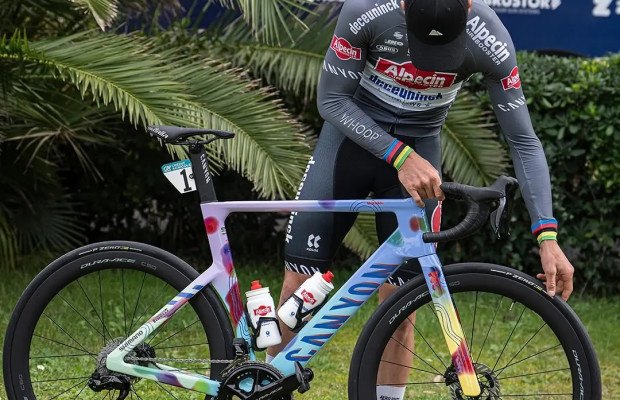
Cyclist obsessions that only those of us who pedal understand
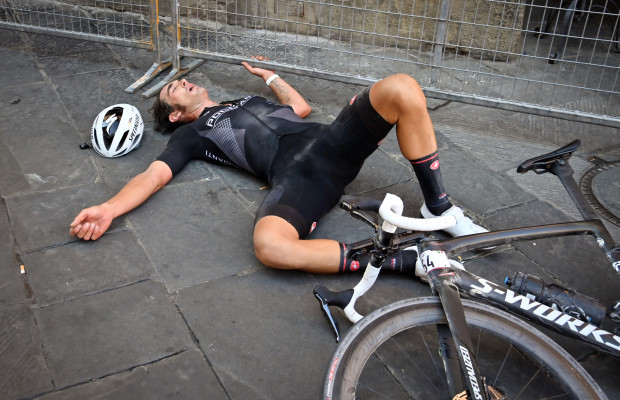
How many days should a cyclist rest per week?
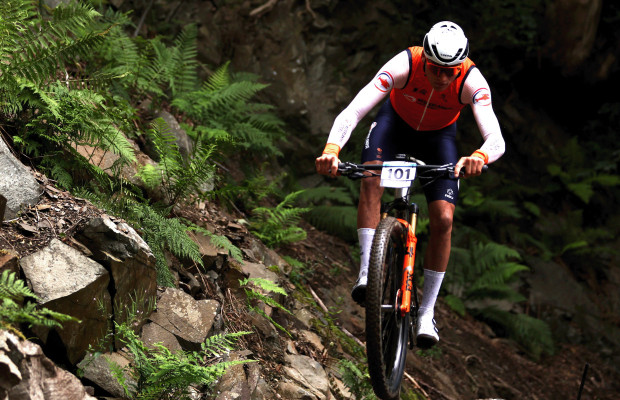
Some reasons to stay away from the road in winter
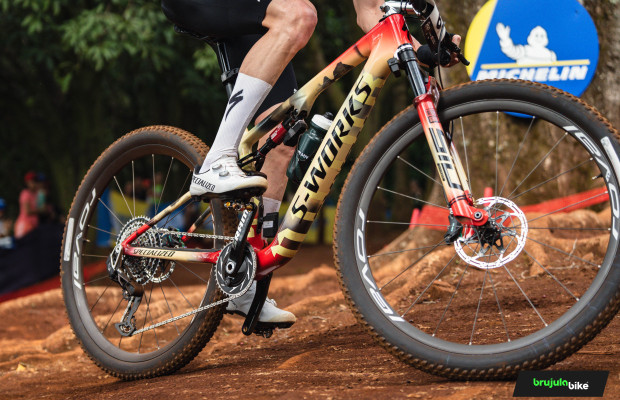
S-Works: what does it really mean and where does Specialized's most exclusive label come from?
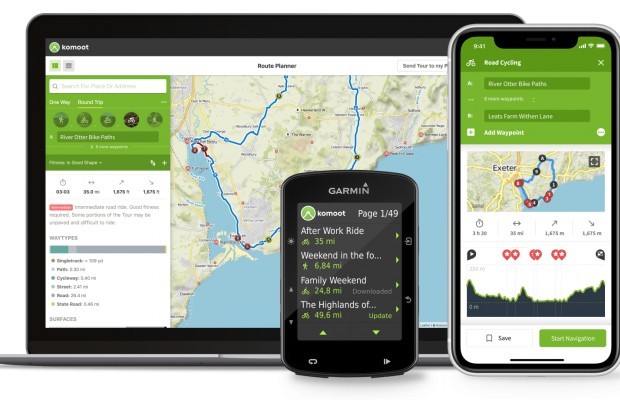
The best apps for cycling and mountain biking
Here are five examples of healthy snacks designed for cyclists: practical, balanced, and tasty.
1. Greek yogurt with oats, honey, and berries
Greek yogurt provides high-quality proteins and calcium. Oats supply slow-release energy and honey replenishes glycogen quickly. Berries, on the other hand, are natural antioxidants that reduce muscle inflammation.
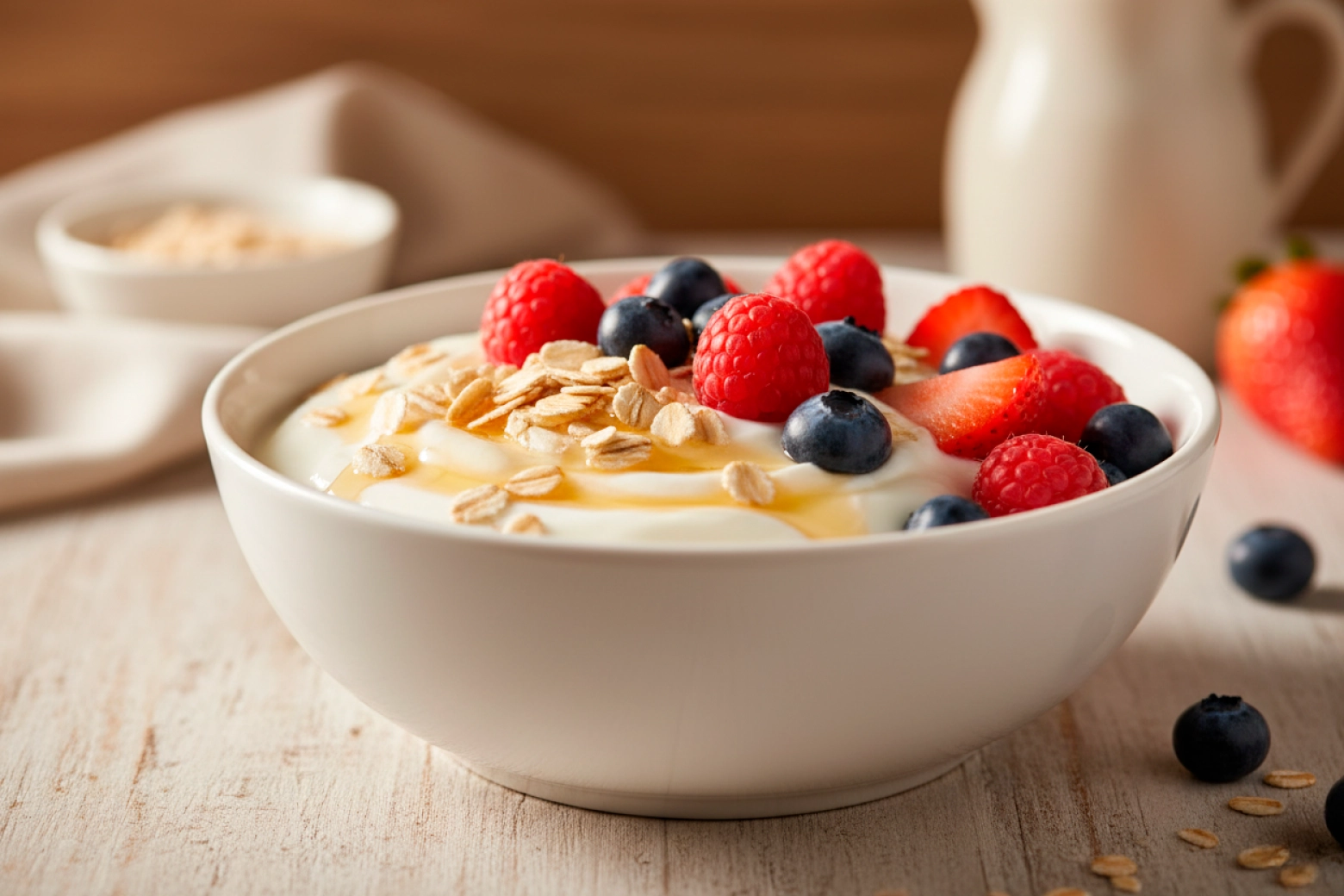
Ideal for: recovering after training or maintaining stable energy on rest days.
Ingredients:
- 1 natural Greek yogurt (sugar-free)
- 2 tablespoons of oat flakes
- 1 teaspoon of honey
- A handful of berries (strawberries, blueberries, raspberries)
If you need more satiety, add some chopped almonds. If you are in a weight control phase, reduce the honey or substitute it with extra fruit.
2. Whole grain bread with avocado and hard-boiled egg
The carbohydrates in whole grain bread recharge the stores without causing insulin spikes, avocado provides healthy fats, and the egg provides complete protein. It is a balanced combination of energy, recovery, and satiety.
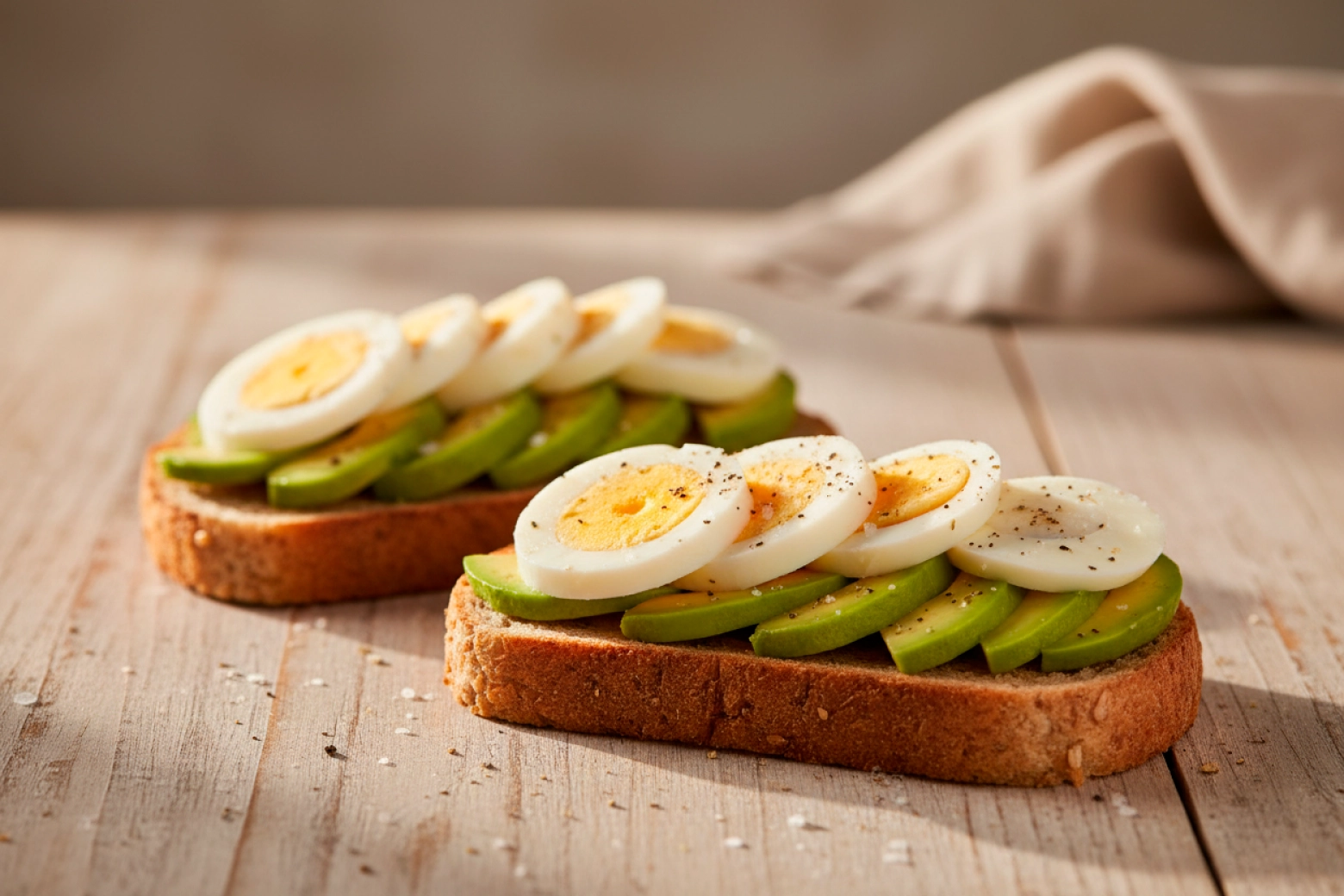
Ideal for: pre-training snack or when you need stable energy to train at the end of the day.
Ingredients:
- 2 slices of whole grain or rye bread
- ½ ripe avocado
- 1 hard-boiled egg
- A drizzle of olive oil and a pinch of salt
Avoid toasting the bread too much or using butter. If the training is intense, accompany it with a banana or a small smoothie.
3. Cottage cheese with banana and cinnamon
Cottage cheese is rich in casein, a slow-digesting protein that promotes prolonged muscle recovery. The banana provides potassium and fast carbohydrates, while cinnamon helps regulate blood glucose levels.
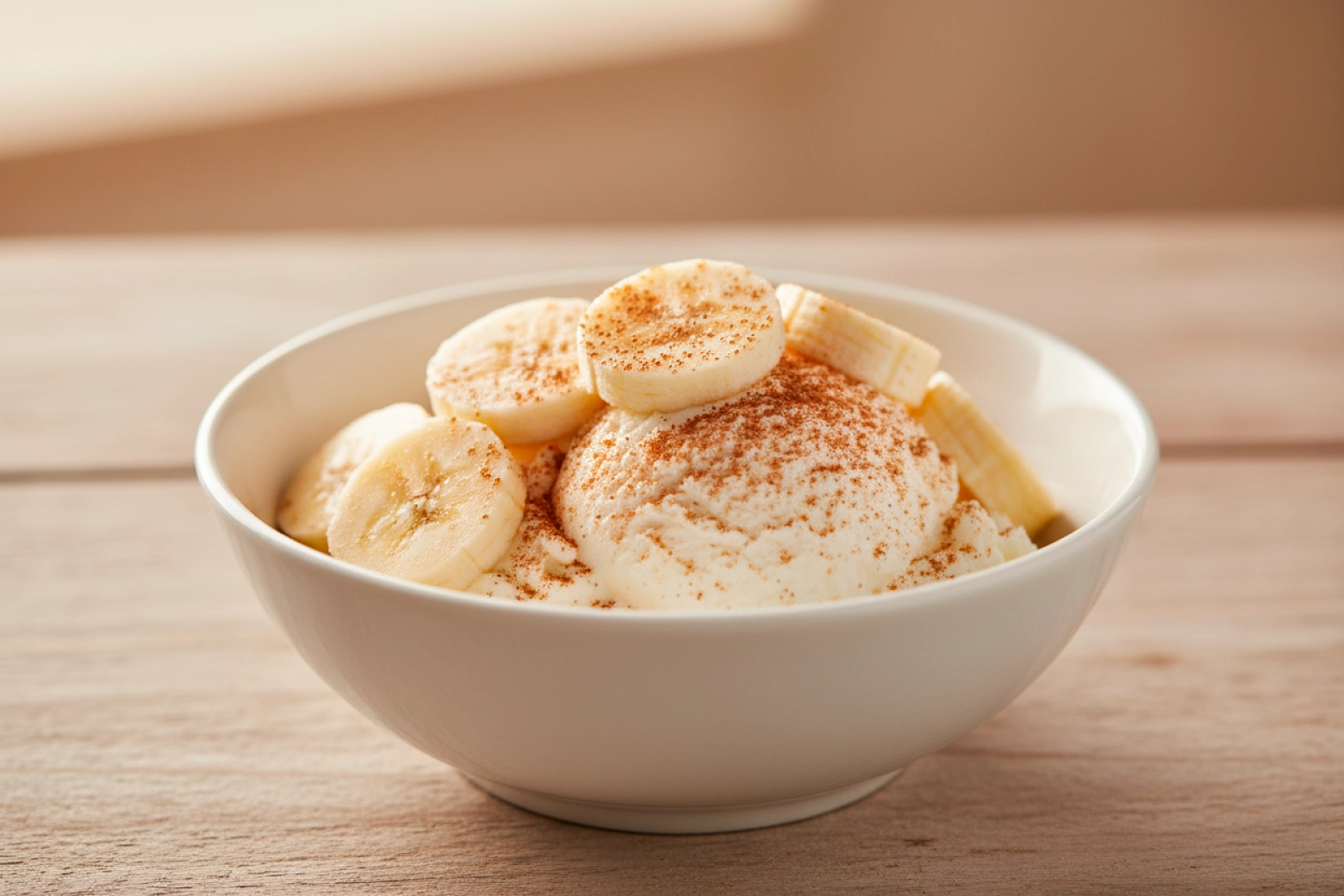
Ideal for: post-training snack or as a mid-afternoon snack to recover without feeling hungry.
Ingredients:
- 100 g of cottage cheese or Greek yogurt
- 1 banana
- Cinnamon to taste
- 1 teaspoon of honey (optional)
Great if you don't feel like having something heavy. You can have it cold or warm and accompany it with an infusion to hydrate.
4. Homemade cocoa, milk, and oat smoothie
This smoothie combines proteins, carbohydrates, and antioxidants in one glass. It is easy to digest, hydrates, and helps recover muscles after intense sessions. Pure cocoa provides magnesium and stimulates serotonin production, ideal for relaxing body and mind after effort.
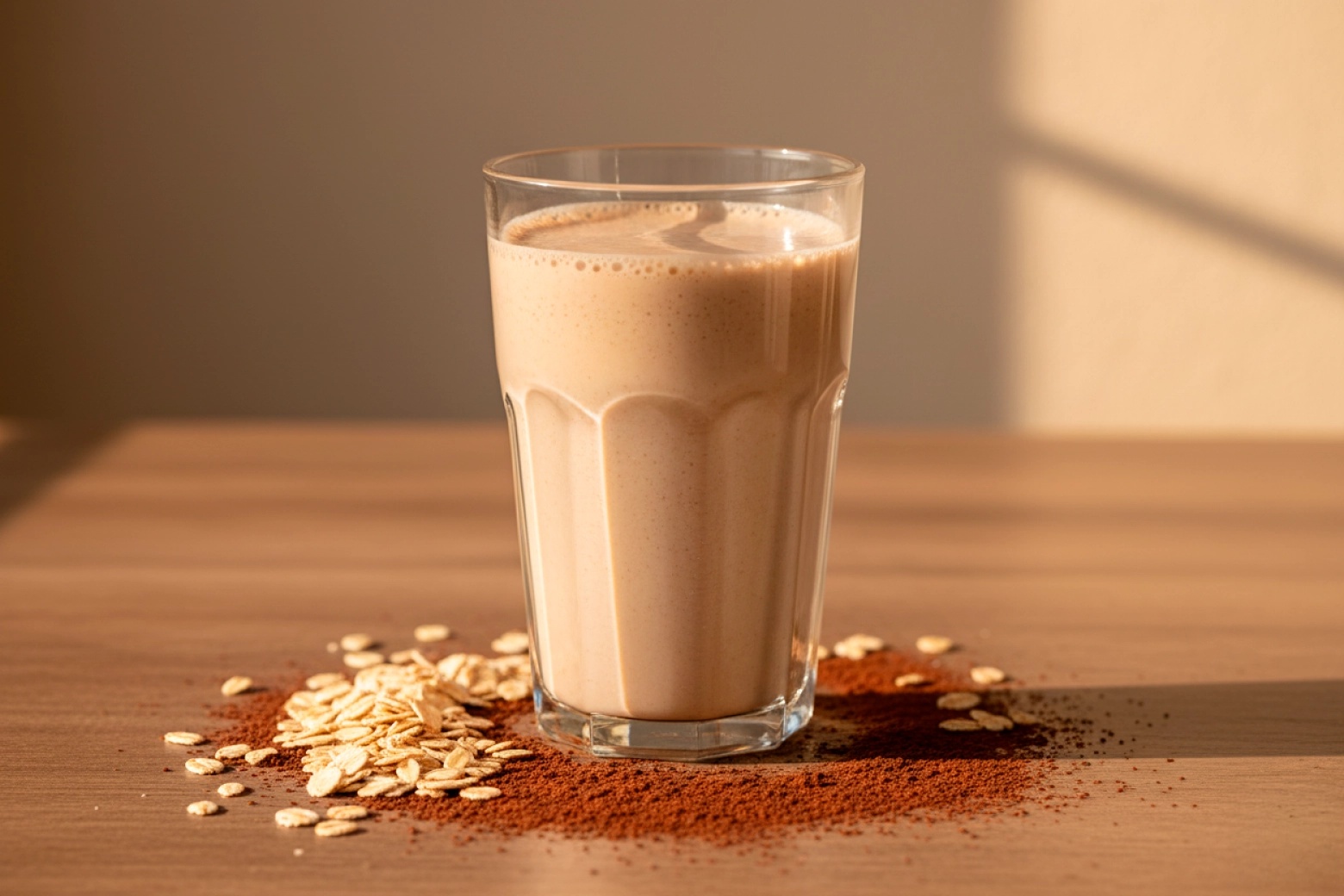
Ideal for: after training or as a substitute for a quick snack before going out for a ride.
Ingredients:
- 250 ml of milk or plant-based drink
- 1 tablespoon of unsweetened pure cocoa
- 2 tablespoons of oats
- ½ banana or 1 date
If you want to increase the protein, add a tablespoon of protein powder or a natural yogurt.
5. Toast with peanut butter and apple slices
Peanut butter provides healthy fat and plant protein, while the apple offers quickly assimilated carbohydrates and fiber. It is a balanced option that maintains energy without excess sugar.
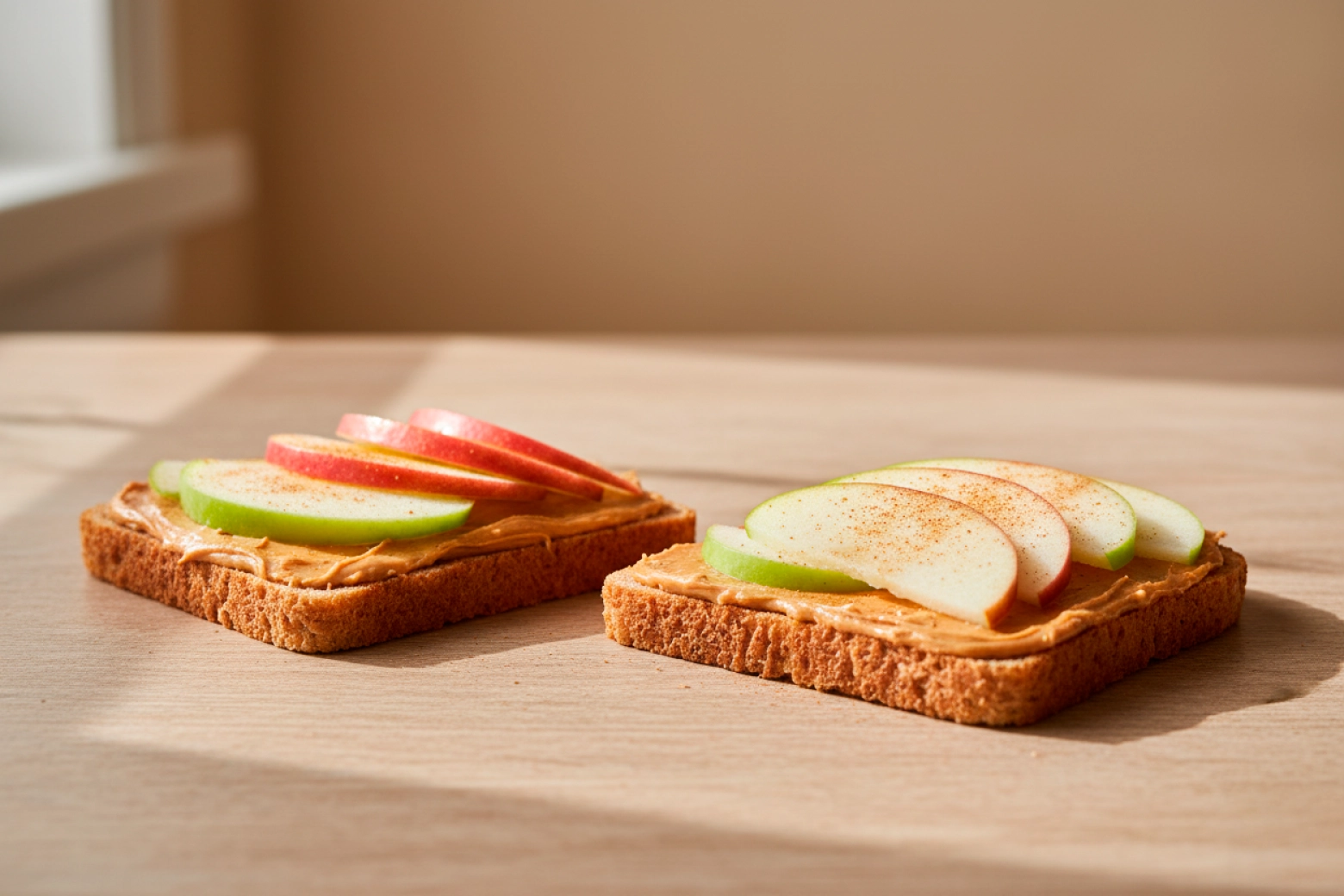
Ideal for: recharging energy before a short ride or keeping hunger under control between meals.
Ingredients:
- 2 slices of whole grain bread
- 1 tablespoon of natural peanut butter
- ½ thinly sliced apple
- Cinnamon or chia seeds (optional)
Avoid nut butters with added sugars. If you train in less than an hour, reduce the amount to avoid slowing down digestion.
What should an ideal cyclist snack have
Beyond the recipes, a snack for cyclists should follow three basic principles:
- Balance between carbohydrates and proteins: Carbohydrates replenish energy and proteins help repair muscle tissue. A ratio of 3:1 is a good starting point.
- Healthy fats, but in moderation: Avocado, nuts, or seeds provide sustained energy, but in small amounts. In excess, they slow down digestion.
- Real foods, not ultra-processed: Avoid cookies, pastries, or commercial bars with added sugar. The key is to maintain a natural and simple base.
- Constant hydration: The snack can also be a good time to replenish fluids: water, infusions, or a small smoothie are valid options.
Example of daily planning
|
Time of day |
Objective |
Example of snack |
|
Morning, after training |
Recover and replenish glycogen |
Yogurt with oats and berries |
|
Afternoon, before training |
Load stable energy |
Bread with avocado and hard-boiled egg |
|
Rest day |
Maintain satiety and balance |
Cottage cheese with banana and cinnamon |
|
Hot days or long rides |
Replenish fluids and salts |
Cocoa and oat smoothie |
|
Between long meals |
Avoid energy crashes |
Toast with peanut butter and apple |
Snacking well is not a matter of fashion, but of a good strategy. A cyclist who trains several times a week needs to keep their body nourished, with stable energy and good digestion.